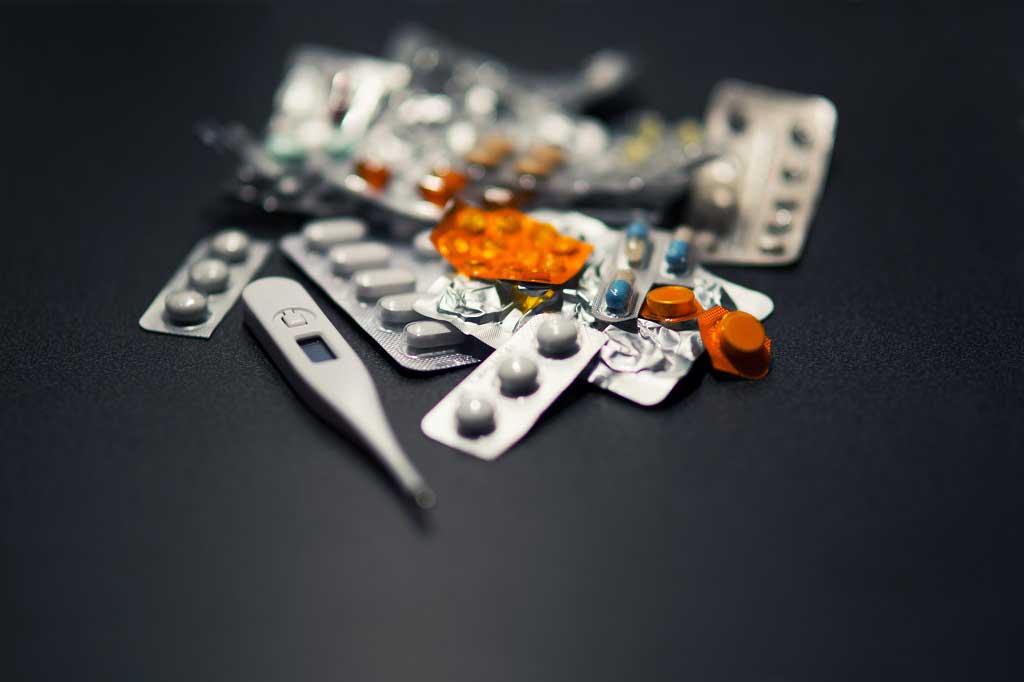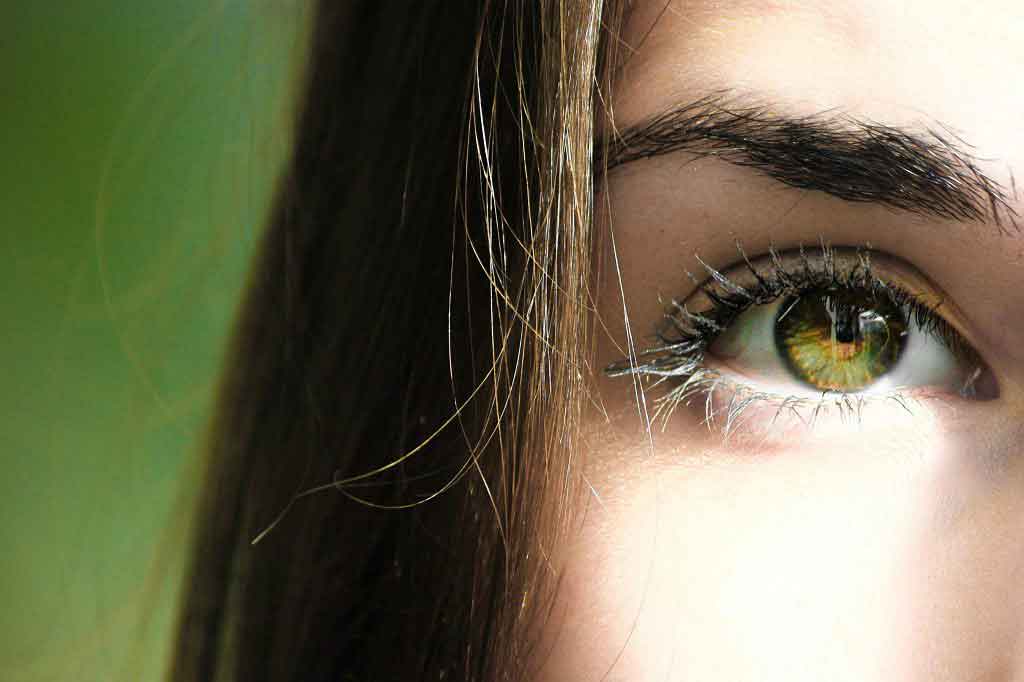Lasers used to regenerate damaged teeth
Genetics and stem cells
"Lasers have been used to regenerate parts of damaged teeth," BBC News reports. The hope is that laser therapy could one day replace lengthy and expensive dental operations such as root canal treatments…
"Lasers have been used to regenerate parts of damaged teeth," BBC News reports. The hope is that laser therapy could one day replace lengthy and expensive dental operations such as root canal treatments.
A new laboratory study has found that low-power laser therapy can stimulate dental stem cells (cells that have the ability to form into other specialised tooth cells) to create dentin, the tooth layer under enamel.
Researchers performed experiments on human dental stem cells to see if laser therapy would stimulate them to produce dentin. They also performed experiments on rodents to see whether laser therapy could increase dentin formation in damaged teeth.
Laser therapy did cause the dental stem cells to grow dentin in human tissue samples and rodents. However, it did not cause the growth of any other cell required to make teeth, such as the hard layer of enamel, which protects teeth against damage.
Still, this research is exciting – it shows that stem cells can be stimulated to form specialised cells using laser therapy, a low-cost approach compared with existing methods.
But this research is still a long way from providing an alternative to invasive procedures such as root canal treatment.
Where did the story come from?
The study was carried out by researchers from Harvard University and several US hospitals.
It was funded by a Harvard Presidential Scholarship, the Wyss Institute, Harvard Catalyst, Harvard Clinical and Translational Science Center and the Intramural Research Program, the National Center for Advancing Tranlational Sciences, the National Institute of Dental and Craniofacial Research, and the National Institutes of Health.
The study was published in the peer-reviewed medical journal, Science Translational Medicine.
The study, and the fact that its findings will not be of immediate or medium-term use in dentistry, was well reported by the BBC News and Mail Online websites.
However, both organisations are guilty of spreading the inaccurate claim that root canal treatment is a painful treatment.
Thanks to technical advances, root canal treatment is now much less painful than it was 20 to 30 years ago. Albeit not the most enjoyable way of spending a few hours, you will be offered local anaesthetic, so it should be no more uncomfortable than having a filling.
What kind of research was this?
This laboratory study of human stem cells, rats and mice aimed to see if low-power laser therapy could stimulate stem cells to regenerate dentin, the tooth layer under enamel.
Laser therapy has so far been used to destroy unwanted or damaged cells, such as cancers and tattoos. However, low-power laser therapy (or low-power light therapy) has been found to reduce pain and inflammation, and promote wound healing.
The authors report that although regeneration in cardiac, skin, lung and nerve tissue has been seen after low-power laser therapy, this has not been directly linked to stem cells.
Stem cells are present throughout the body. When they divide, they are capable of replacing themselves with another stem cell while producing cells that take on a specialised form, such as a nerve cell or a skin cell.
In humans, stem cells are constantly being stimulated to turn into cells that replace damaged cells or shortlived cells, such as blood cells and cells that line the gut.
However, for other types of cells, such as those found in teeth, this only happens if the right stimulation is given.
The stem cells may have started to change into a certain tissue type – such as dental stem cells – but then lie dormant until they are stimulated to turn into the required type of dental cell.
Stem cell research so far has involved stimulating stem cells to turn into particular tissues, either in a laboratory setting when the tissues are then transplanted, or by stimulating the cells in the body using chemicals.
Both techniques have potential side effects and limitations. The researchers wanted to see if they could stimulate dental stem cells to grow into dentin-forming cells just by using laser therapy.
What did the research involve?
The researchers performed a number of experiments to see if dental stem cells would become dentin-forming cells after stimulation with low-power laser therapy. They did this on human stem cells in the laboratory and on the teeth of rats and mice.
The pulp (the middle soft part of the tooth containing the nerve, blood supply and connective tissue) of two molar teeth was exposed in seven rats. One of the teeth was given low-power laser therapy, while the other was not and acted as a control.
The teeth were then given a filling and the researchers measured the level of recovery, as demonstrated by dentin formation, after 12 weeks.
Other experiments were performed to investigate the molecular processes that occur after low-power laser therapy.
What were the basic results?
In the first experiment in rats, low-power laser therapy stimulated increased amounts of dentin after 12 weeks compared with the control.
Low-power laser therapy was found to stimulate free radical production (reactive oxygen species) in mink lung cells, mouse dental pulp cells and the serum of foetal calves in the laboratory.
Other changes included the activation of transforming growth factor ?1 (TGF- ?1), a signalling molecule. Signalling molecules transmit information from one cell to another and can often change cell behaviour (often referred to as a cascading effect).
Further studies in genetically modified mice and with chemicals meant the researchers found that low-power laser therapy generates free radicals, which activated TGF-?1.
The adult human dental stem cells from tooth pulp were stimulated by low-power laser therapy, and this activated TGF- ?1. The cells then started to turn into dentin-forming cells as a result.
Low-power laser therapy on the pulp of molar teeth in rats did not stimulate dentin production if a TGF- ?1 inhibitor was put on the pulp.
It also did not work on genetically engineered mice lacking the receptor for TGF-?1, or wild-type (normal) mice given a TGF- ?1 inhibitor.
This showed that the cascade necessary for dentin production was for free radicals to stimulate TGF- ?1, which would result in dentin formation.
How did the researchers interpret the results?
The researchers concluded that laser therapy can activate growth factors, which then stimulates stem cells and causes tissue regeneration. They conclude that this is possible for human dental cells in the laboratory and dental cells in rats.
They concluded that, "More broadly, this work outlines a mechanistic basis for harnessing resident stem cells with a light-activated endogenous cue for clinical regenerative applications."
In other words, they believe that this technique could be used to stimulate stem cells that are already present in the human body to grow into all sorts of tissues in the future.
They were also excited that, "The ability to activate endogenous components in a controlled, self-limiting manner is a critical aspect of this potential therapeutic modality because both ROS [free radicals] and TGF- ?1 in excessive amounts are potentially deleterious."
Conclusion
This laboratory study has shown that low-power laser therapy can direct dental stem cells to grow into one type of dental tissue, dentin.
A strength of the study is that it used the dental pulp from molar teeth in rats, which are similar to humans, rather than their incisors, which are open-rooted and continue to grow for life to replace loss from gnawing.
Limitations highlighted by the authors include:
- the small sample size as a result of the limited availability of these particular rodents
- technical difficulties of growing minute rodent teeth
- widespread growth of dental tissue, which the authors think is because of the large area that was exposed to laser – they are hopeful that this can be improved with better technique and in larger animals and humans
Other factors that will need to be taken into account are that although the authors wanted to create a way to stimulate the cells without the toxic effects of chemicals or transplant, there is still the potential for side effects from the laser therapy. It is not yet known if the laser therapy stimulates other unwanted cell production or whether it might damage other cells.
Further research is required before this technique could progress to human trials, but it is a promising start. There is also the possibility that laser therapy could be used to stimulate the production of other specialised cells.
Even if the research progresses well, it would probably be at least a decade before any application for humans becomes available. Until then, the best way to prevent serious dental problems such as a root canal infection is to maintain good oral hygiene through brushing and flossing your teeth. You should also avoid eating lots of food and drink high in fermented carbohydrates, such as fizzy drinks, sweets, cakes, crisps and biscuits.
Read more about good oral hygiene.






 Subscribe
Subscribe Ask the doctor
Ask the doctor Rate this article
Rate this article Find products
Find products







